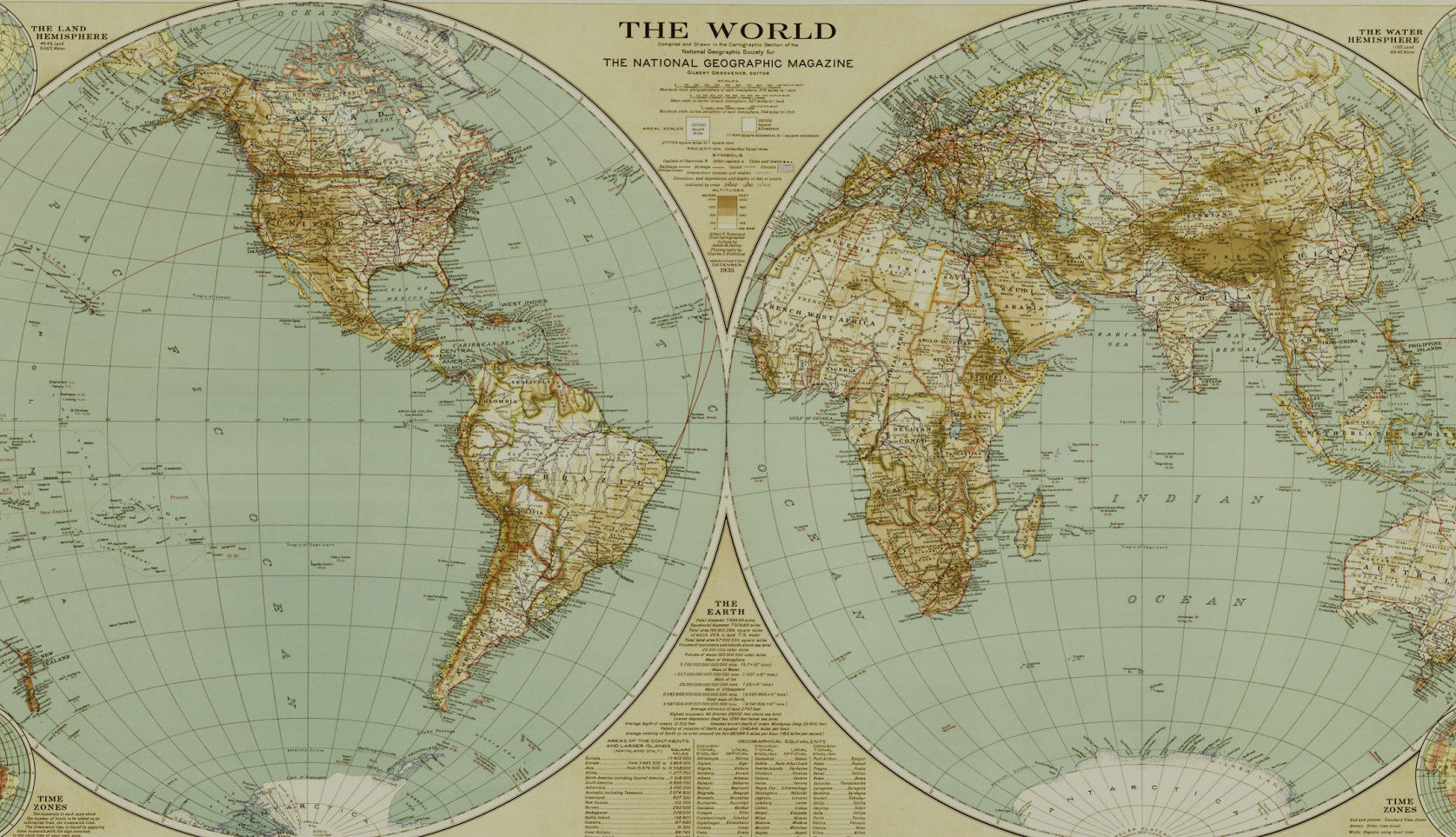To be honest, it’s difficult to stifle the morning grumpiness when you are waking up at 5am to hike up a small mountain… But it’s worthwhile when the reward at the top is the chance to dig some amazing archaeology. Not only is this month’s site in a stunningly beautiful location, but it is one of the most artefact rich excavations I have ever worked on. The ground is literally littered with lithics!
I’m on the Cycladic island of Naxos in Greece excavating with an international team led by Dr. Tristan Carter of McMaster University through the Canadian Institute in Greece and his co-director Dr. Demetris Athanasoulis of the Cycladic Ephorate of Antiquities of the Hellenic Republic’s Ministry of Culture and Sports. As part of the Stélida Naxos Archaeological Project (SNAP!) we are investigating the hilly peninsula of Stélida on the island’s western coast, home to the earliest known archaeological site in the region. The hill itself is basically one big chert source and quarry where people came to get raw material for making stone tools since the Lower Palaeolithic (at least 250,000 years ago) and through to the Mesolithic (to 9,000 years ago). What we are finding in the excavations are the leftovers from thousands and thousands of years of quarrying and producing.
Each day starts with a cup of coffee! This is necessary for me since we leave the dig-house at 5:45am. We augment our caffeine fix with a small breakfast of fruit, yogurt and toast – healthy fuel for excavating. A few of the team members leave a bit early to fill up our water bottles at the village well before meeting the rest of us at the bus stop. Our journey in the morning through tranquil Naxian villages and countryside is beautiful and to add to the picturesque scenery we get treated to views of the sun rising over the Aegean Sea.
Once we reach our destination we split into two groups. Some of the team heads down towards the trenches at the coast and the rest of us head up to the trenches on the side of the hill. Those of us who are heading up have a 20 minute hike to look forward to. Most of the excavation gear is left on-site overnight but all of our water for the day and our lunch food has to be carried up. Three quarters of the way up we split off again. The excavation trenches are located on different parts of the hillside and there are two archaeologists working at each one. The team is split in this way because the entire hill is covered in archaeology! By spreading the team across a large area many different aspects of the prehistoric activity can be investigated at the same time.
At 10:30am we stop for a lunch break. This may seem very early but it has been about five hours since breakfast! Since we are in Greece we enjoy a selection of Greek food: bread baked fresh that morning (picked up at the local bakery on the way to site), feta and hard cheeses, ripe tomatoes and cucumbers, gigantes plaki (giant white lima beans in tomato sauce) and dolmádes (grape leaves stuffed with rice and herbs in aromatic olive oil). Lunch is finished off with biscuits and meranda (chocolate hazelnut spread). This bounty is enjoyed while we look out over the Aegean to the neighbouring island of Paros. It’s quite the spot for a picnic!
After a few more hours of excavation we finish off or tidy up what we are working on and pack away our tools. Any artefacts uncovered that day have already been bagged and labelled properly in order to be taken straight to the archeological museum in the main town of Chora for cleaning and cataloguing. Soil samples are taken back to the dig-house where they will later be passed through the flotation system to analyse the archaeobotanical remains. It’s quite a feat to take all of these heavy bags of soil and rocks back down the hill to where we meet the bus. The downhill trek at the end of the day is often more tiring than the uphill one we do in the morning!
Once back at the dig-house we all have a break for snacks and showers before doing a few more hours of work. No matter the nature of the archaeological site there is always paperwork to be done! Some members of the team process soil samples and let them dry in the last few hours of sunlight. Each evening we head to a local tavern for a big communal dinner. The meals always start with bread and Greek salad with feta cheese and local wine. It is wonderful to end the day together at a big table enjoying good food! Of course, digging in Greece isn’t all about food and wine… Stay tuned for the next blog post to find out more about Naxos’s archaeology.
